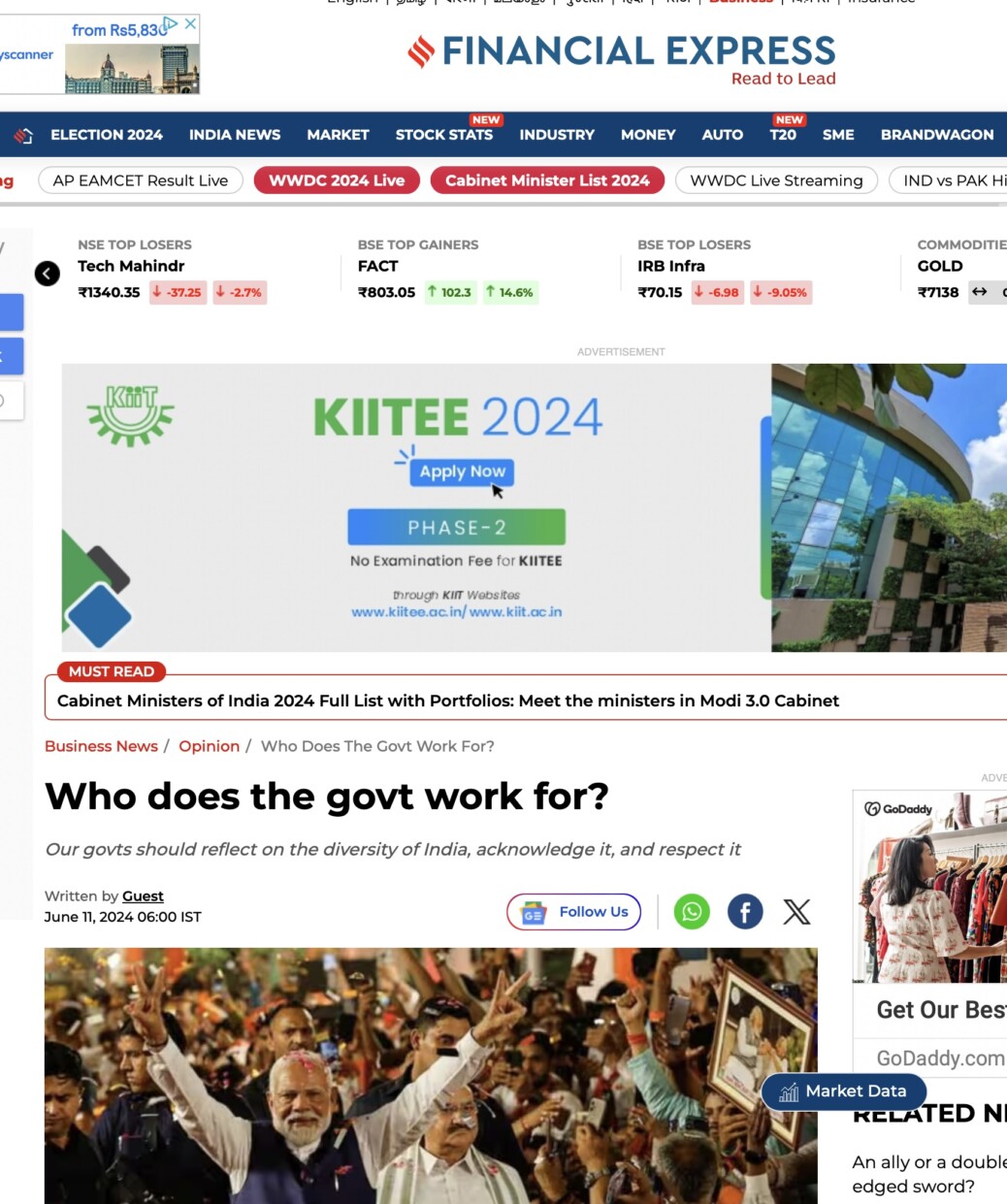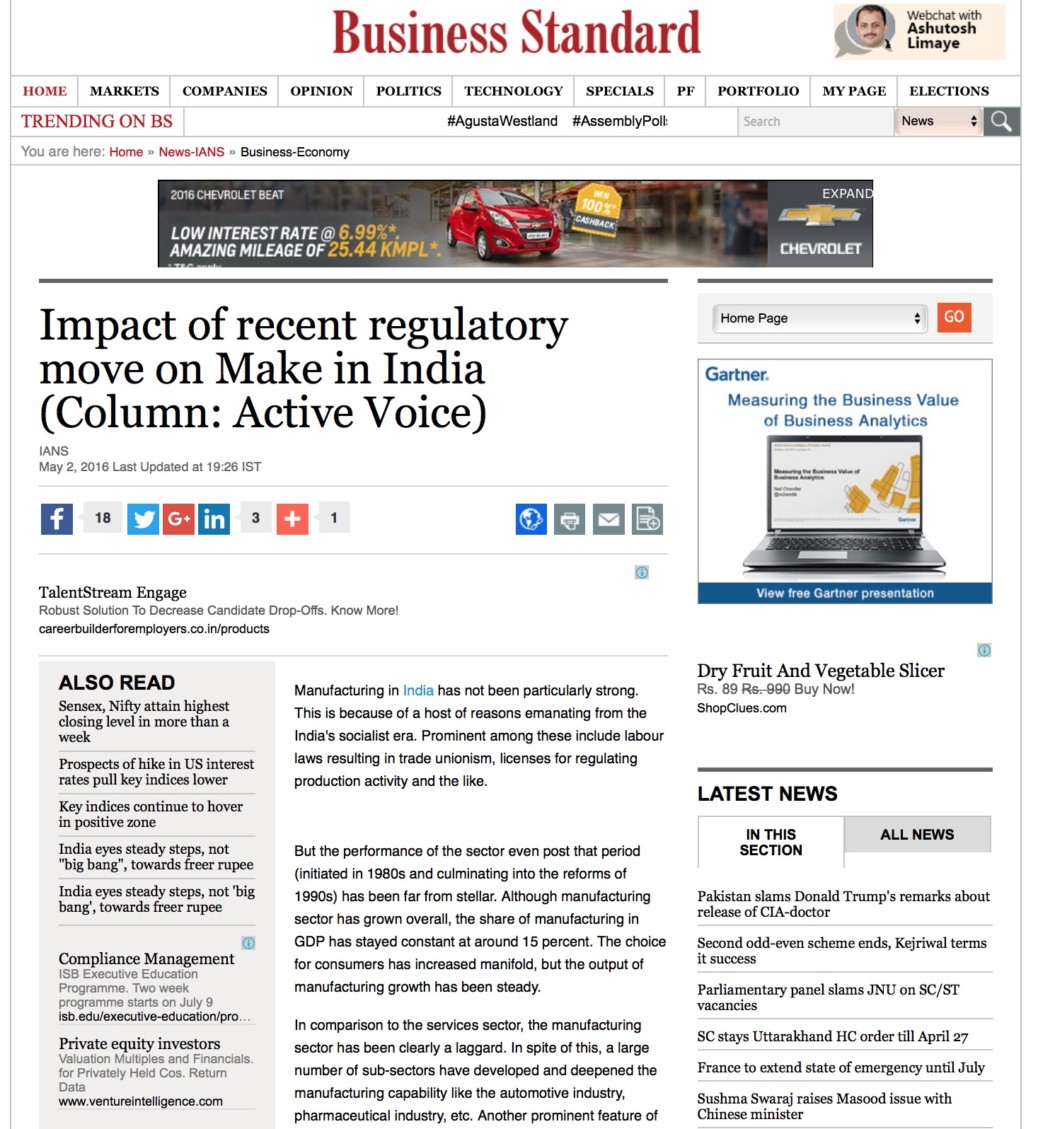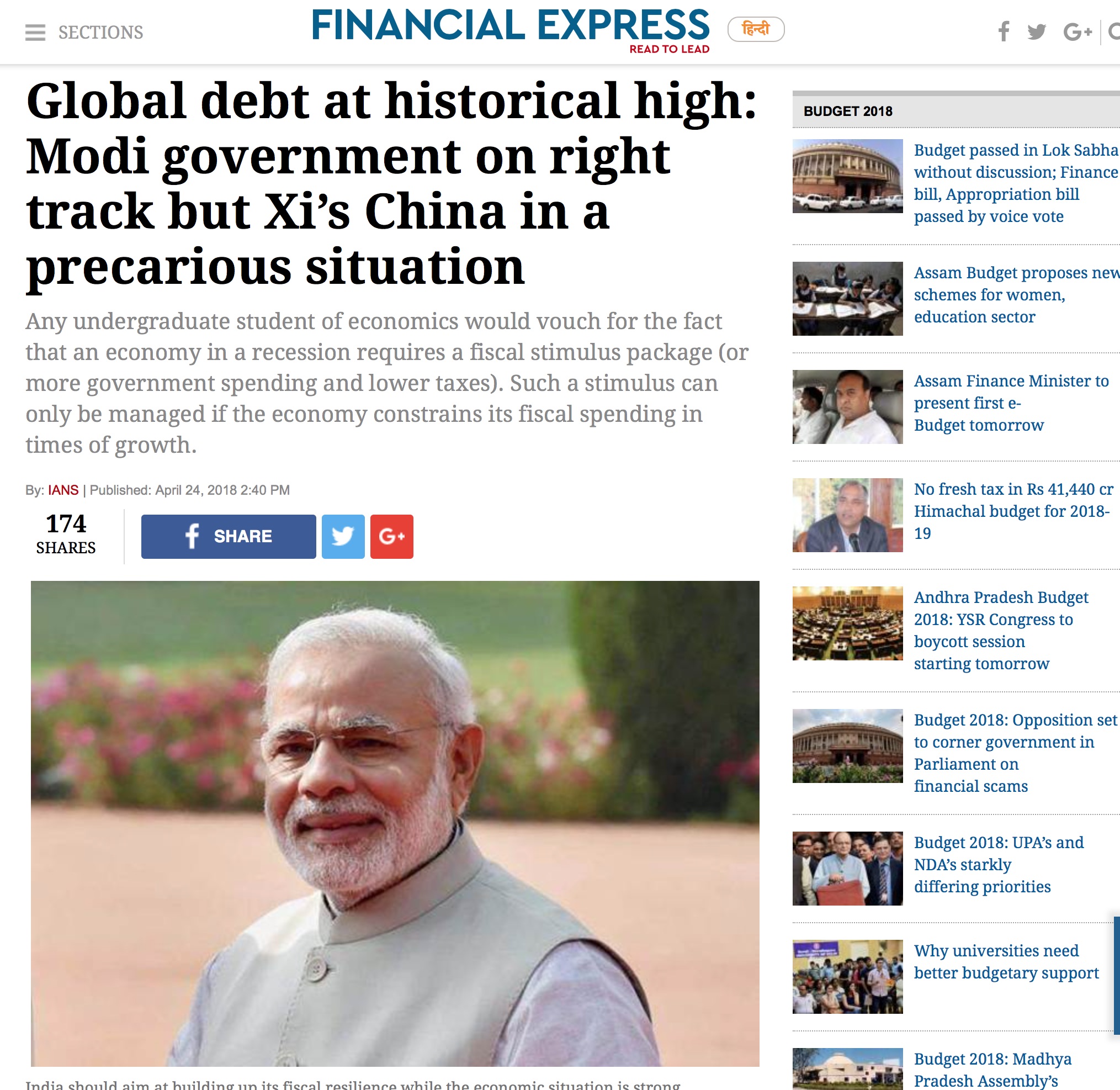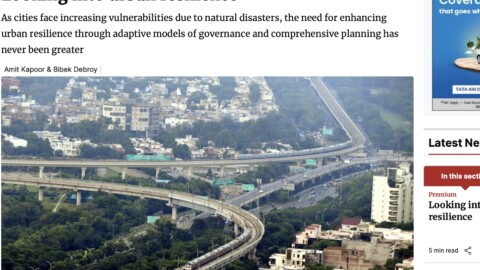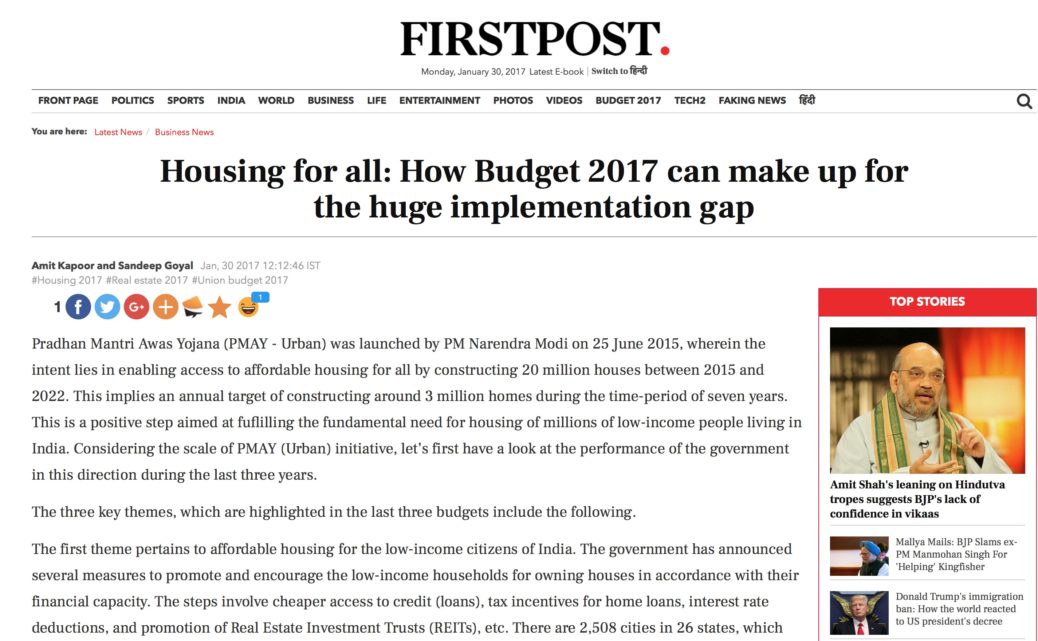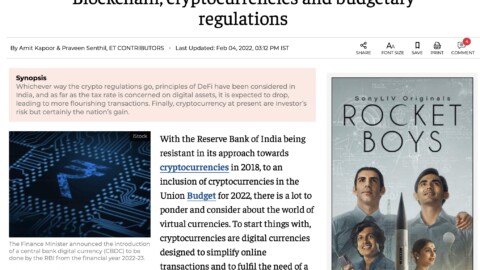By Amit Kapoor and Jessica Duggal
Every election season brings with it a surge of promises – some novel and others familiar – all in a different packaging. It brings hope, clarion calls to the destiny of the nation, and questions the integrity and intelligence of its voters. It brings with it the citizens’ responsibility to shape the country’s mandate through its decisive votes. With every election cycle comes a new definition of democracy in our country – challenging its boundaries and measuring its depths. This year has been one of the most crucial years for our country as we set out to hold the 17th Lok Sabha elections. As the world’s longest election cycle, spanning six weeks, in the world’s most populous and largest democracy, comes to a close, the country stood witness to the most nail-biting electoral match in the last decade. The world watched this general election closely, fighting majorly between the incumbent Prime Minister Narendra Modi-led Bhartiya Janata Party (BJP) and Rahul Gandhi, heading the Indian National Congress-led Indian National Developmental Inclusive Alliance (INDIA). Even as the alliances continue to consolidate power and negotiate positions amongst themselves, the election results have drawn a clear conclusion for us – after ten years of a majority government, India will now have a coalition government in its Parliament. NDA, which is most likely to be forming the government for the third consecutive time, will be the first political alliance to do so in Indian history, while PM Modi will be the second Prime Minister after PM Nehru to occupy the PMO (Prime Minister’s Office) for a consecutive third term. Even so, this victory came with a sour taste for the BJP as it failed to retain a majority in the Parliament, falling short of crossing the halfway mark of 272 seats. At the same time, the INDI-Alliance’s surprising performance has taken the limelight for gaining 234 seats and forming a strong opposition after a decade.
Interestingly, one of the states that delivered a surprising setback to the BJP was Uttar Pradesh, where the party was forced to relinquish its former strongholds, including Ayodhya and Amethi. Beyond a cinematic display of democracy, this shift in voter allegiance raises a deeper question: for whom does the government truly work? This might seem like an odd question to pose but bear with us as we delve into the key insights these elections have revealed. A government works for its people, and it is the people who wield the ultimate power to assess its performance through elections. The outcome of these elections largely reflects the will of the populace. It also underscores that combating anti-incumbency requires more than relying on a few prominent figures, their speeches, politico-cultural dominance, or media presence. It necessitates addressing critical issues and curbing political feudalism. Moreover, the government must heed the simmering sentiments of rural areas rather than solely focusing on urban demands. Most importantly, it must gauge public outrage over the inaccessibility of essential services, the escalating cost-of-living crisis, and the inequitable growth of wealth. What “We The People of India” truly demand is trust in the system that will work towards resilient growth, positively impacting every strata of our society and not isolate the gains towards the top.
A people’s manifesto to say so then calls on the new government to work on the 3R’s – Rebuild, Revitalise and Reinvent. The incoming government needs to focus on physical and systemic rebuilding to support long-term growth and resilience, which includes upgrading infrastructure through investing in climate- and disaster-risk resilient transportation networks and housing. Economic rebuilding would include supporting industries and enhancing ease of doing business. Similarly, focussing on social rebuilding would include strengthening social safety nets, especially targeted towards backward and marginalised communities. By revitalising, we draw attention towards injecting new energy and life into sectors like education, where the focus should be on modernising the education system to keep up with emerging technologies and the changing nature of work. Reinventing governance strategies to keep up with the changing times is necessary. This includes unprecedented attention to e-governance and leveraging technology for improving public service delivery and ensuring that the right mix of technologies are adopted at the grassroots level of governance. Our governance systems must adapt to the changing nature of public discourse and awareness.
PLFS 2022-23 shows us that even when the unemployment rate has fallen (3.2%), the share of self-employed workers, including household help, own account workers and employers, is the highest (approximately 48%). Such a trend also points towards growing informalisation. The focus, hereon, should be on the growth of the right kind of jobs in the formal sector. The same survey also indicates that unemployment rises as the level of education increases, with 13.4% of the unemployment rate at the graduate level. Education and reforming the labour market must be the new government’s priorities, beginning with increasing the budgetary allocation for education. Additionally, learning from the unprecedented nature of the pandemic and its implications on education, the government must ensure that the goal of ‘Digital India’ translates into creating infrastructure for tech-driven education and making it accessible and affordable for every learner regardless of their socio-economic background.
Similarly, increasing budgetary allocation for the health sector is essential. We have consistently struggled with the gap between recommended budgetary targets and actual allocations, with health expenditure accounting for only 1.9% of the total budget in 2023-24 and 2.1% in the interim budget for 2024-25. We are still falling short of the target to increase health expenditure to 2.5% of GDP. Given the persistently high percentage of out-of-pocket expenses and the rising costs of private healthcare, coupled with an overburdened and stretched public healthcare system, accessing any form of healthcare in India has become a daunting challenge. Moreover, healthcare costs continue to be a leading factor in pushing households into sudden debt and poverty traps.
Who does a government work for? We ask again. There is a group of people who are constantly dejected, for whom elections and electoral participation remain tasks they undertake without hope for change. It is for these people that our governments need to work. It is this disenfranchisement that our governments need to fight. A closer look is required to trace India’s struggles with poverty, inequality, and socio-economic inequity, as these have become chronic in our country. While promises to address these issues have always found a place in party speeches and political statements, the inaction has caused a sentiment of despondency, which was clearly visible in this election result. Rolling out schemes to appeal to voters without total commitment towards their effective implementation causes more harm than good. What we need is for our governments to introspect on the diversity of the country, acknowledge it and respect it.
The article was published with Financial Express on June 11, 2024.
